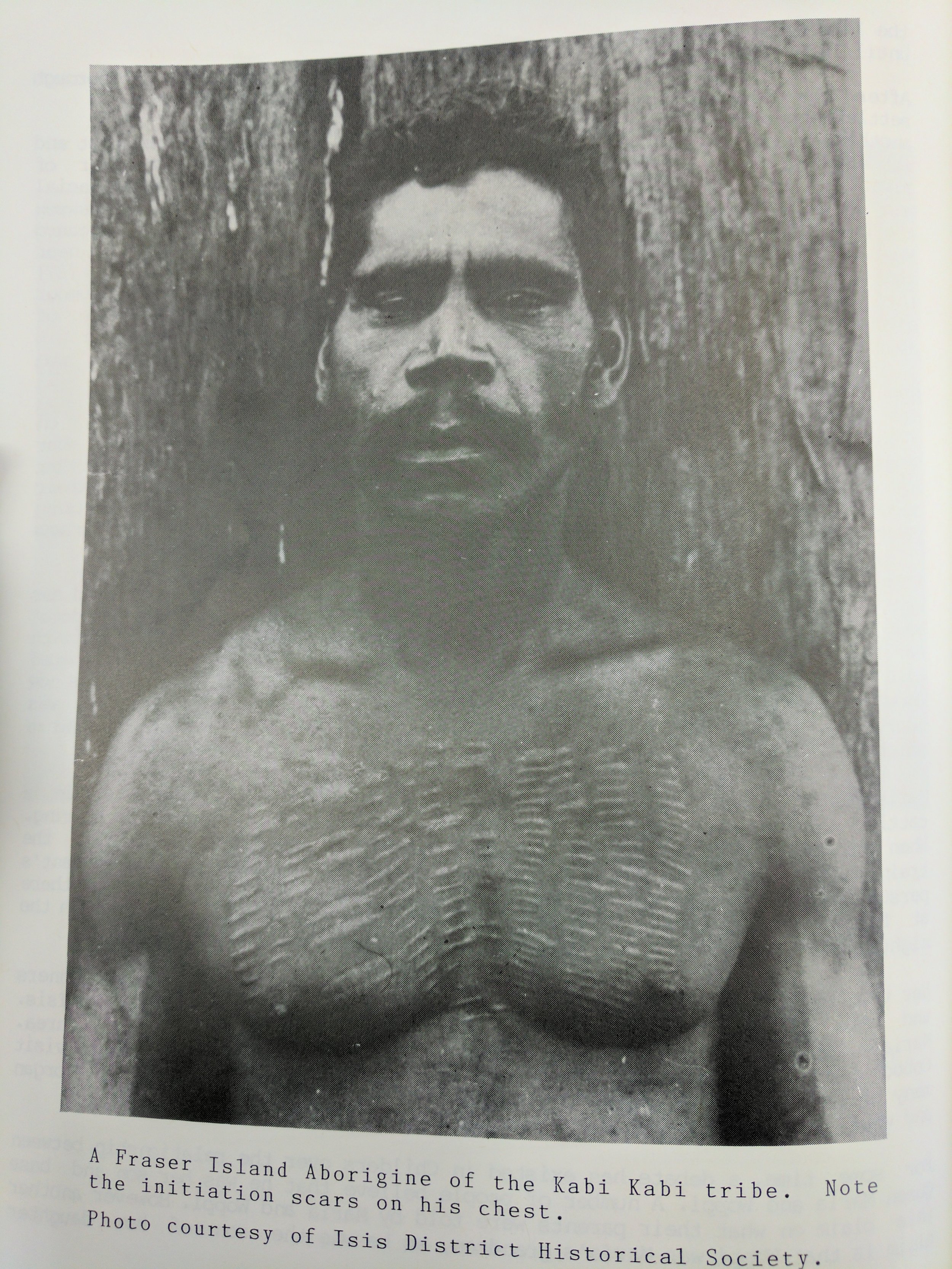















CLICK ON THE IMAGE to read our Fraser Blog.
K’gari, (Fraser Island) is the (is)land of the Butchulla people and is one entirely of sand. It is the world’s largest. The ancient western side has calm waters and sinking sand, consisting of dunes over 700,000 years old with low growing heaths, sheltered tidal mud flats and mixed forest and woodland. HUGE ancient rainforests exist in sheltered valleys thriving on middle aged central dunes reaching over 50 meters tall. The wild East of the island is the ‘new’ side with SE prevailing winds bringing sand up the east coast of Australia (all the way from Antarctica), constantly forming and re-shaping the coast creating sand blows and sideways growing banksias. Pioneer plants are the start of all this diversity, taking hold on the newly formed dunes, providing a foothold for larger more diverse habitations to begin. With a transient population and sub-tropical climate, how does one design for the unfamiliar guest on a sand island? Kingfisher Bay Resort holds answers.

Drifting dunes, limited transport and a world heritage area CLICK ON THE IMAGE to see our Fraser Exhibition.
• Traditional Owners = Butchulla People
• South Eastern QLD biogeographic region
• Mean annual temps; H - 25.9 Low - 18.8
• Mean annual rainfall; 1267mm
• Population; 182 148,00
• Elevation 21 m (Indian head)
• The Kingfisher Bay resort was built with mostly timbers from the island, any plants on site were Transplanted to a nursery created on the island
• Piles & raised timber walkways protect dunal systems
• It took us 6 hours to go 15kms through the sand
• All garbage is removed from the island, on island sewage worm farm

A mixture of the fine white antarctic sand blown up the coast and the fine brown soil of Indian head on latitude 25

Fraser Island is only accessible via a barge. Ironically our bike trip starts in a 4WD and a boat.

Our journey was trying to follow Latitude 25, this is Uluru’s latitude, Australia’s cultural heart-line. We started on the most easterly point in Australia. Indian Head, Fraser Island.

An enormous beach takes up most of Fraser’s east coast. It is essentially the Islands highway with 4WD’s zooming back and forth, trying to beat the tides. In the distance you can see Indian Head, Latitude 25.

For the next 10 months we would try and follow the setting sun through the centre of Australia. At this moment it was a distance that we couldn’t comprehend. It’s a hard thing to try and hold a continental distance in your head.

An amazing building on the west side of the island designed by Guymer and Bailey (a Brisbane architecture firm) in the 90’s. The walkways are held off the ground to allow water and animals to move freely and minimise disturbance to the fragile sandy soil.

The skylights reflect soft light into the space, a nice respite from the bright intense heat outside. The stepping of the ceiling guides your eyes and feet to the communal cafe and bar. High level ventilation pulls heat out through the building and large openings at the low and high ends pull air across your body, perfect for the humid climate.

The flora of Fraser is something to behold. These massive staghorns are scattered around the main camp ground.

Lightweight fly to ward off the midday sun and occasional intense showers. It did nothing to ward off the very friendly goannas and crows who are so used to humans they have no issues coming right up to you to see if any food is about. Not to mention the number of insects that come out at night, mosquitoes by the thousand and GIANT ANTS that will bite your face off.

After an intense week of work we put up our very first exhibition for the wandering public. A tough assignment considering Fraser Island is mostly made up of tourists. We had some Canadian tourists who were very excited as well as some other folks who thought “some kids had done some drawings”…you can’t win them all.

It took us 6 hours to go 15kms to get off Fraser Island. It was our first ride of the trip. We had ridden 30kms with our bikes before this point. It wasn’t raining this day either, that is sweat. Good times!

Fraser Island is the worlds largest sand island, you can see the deep sand furrows made by 4WDs and why it took us so long to get off. This is the safe distance between riders to ensure exhausted tempers don’t flare. When we made it to the barge we met some incredible people who fed us and watered us which was a lifesaver!

The aboriginals on Fraser were described as glossy and healthy because of it’s abundance of food and water. What a perfect place to camp. Note the initiation scars on his chest.